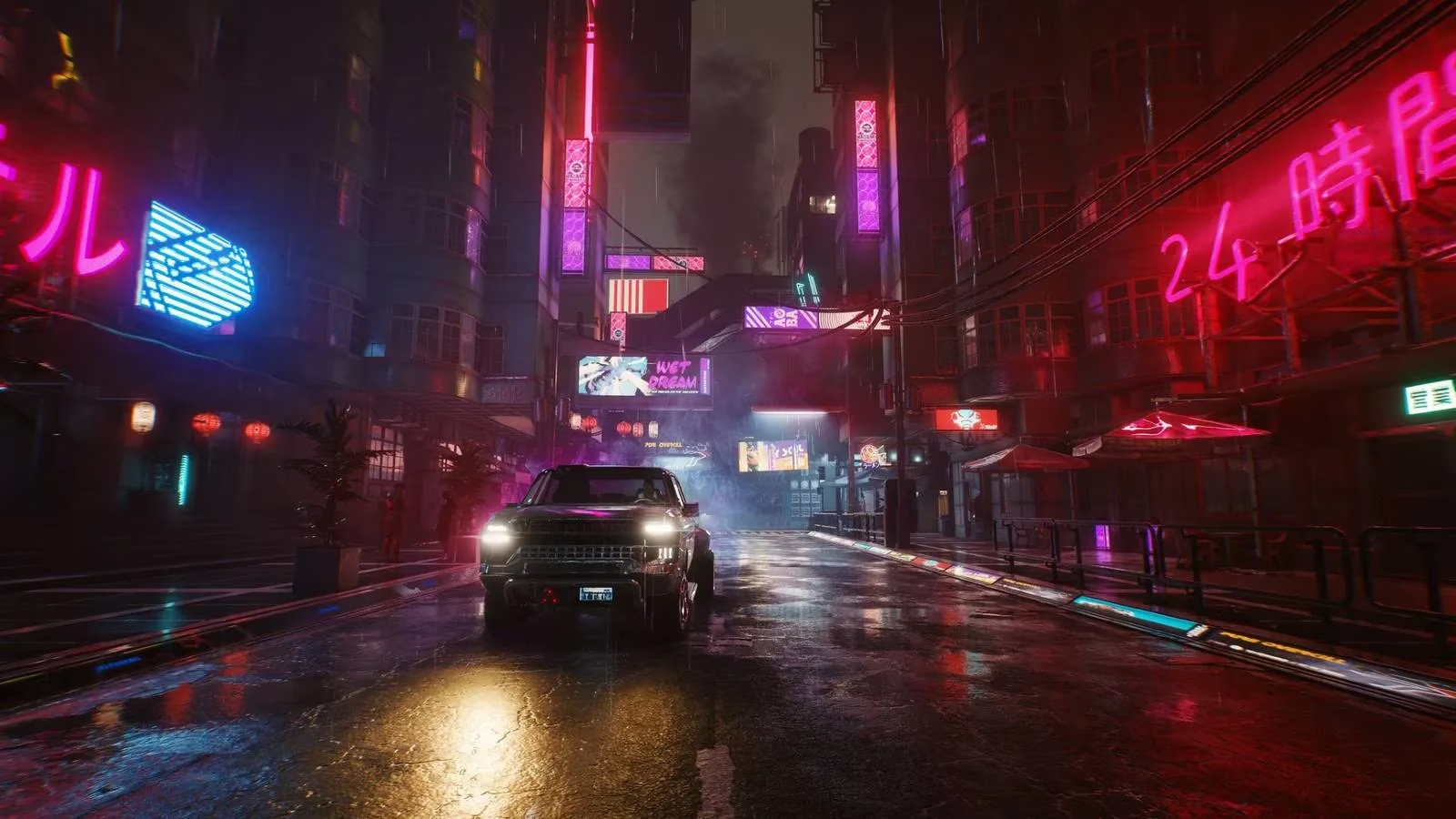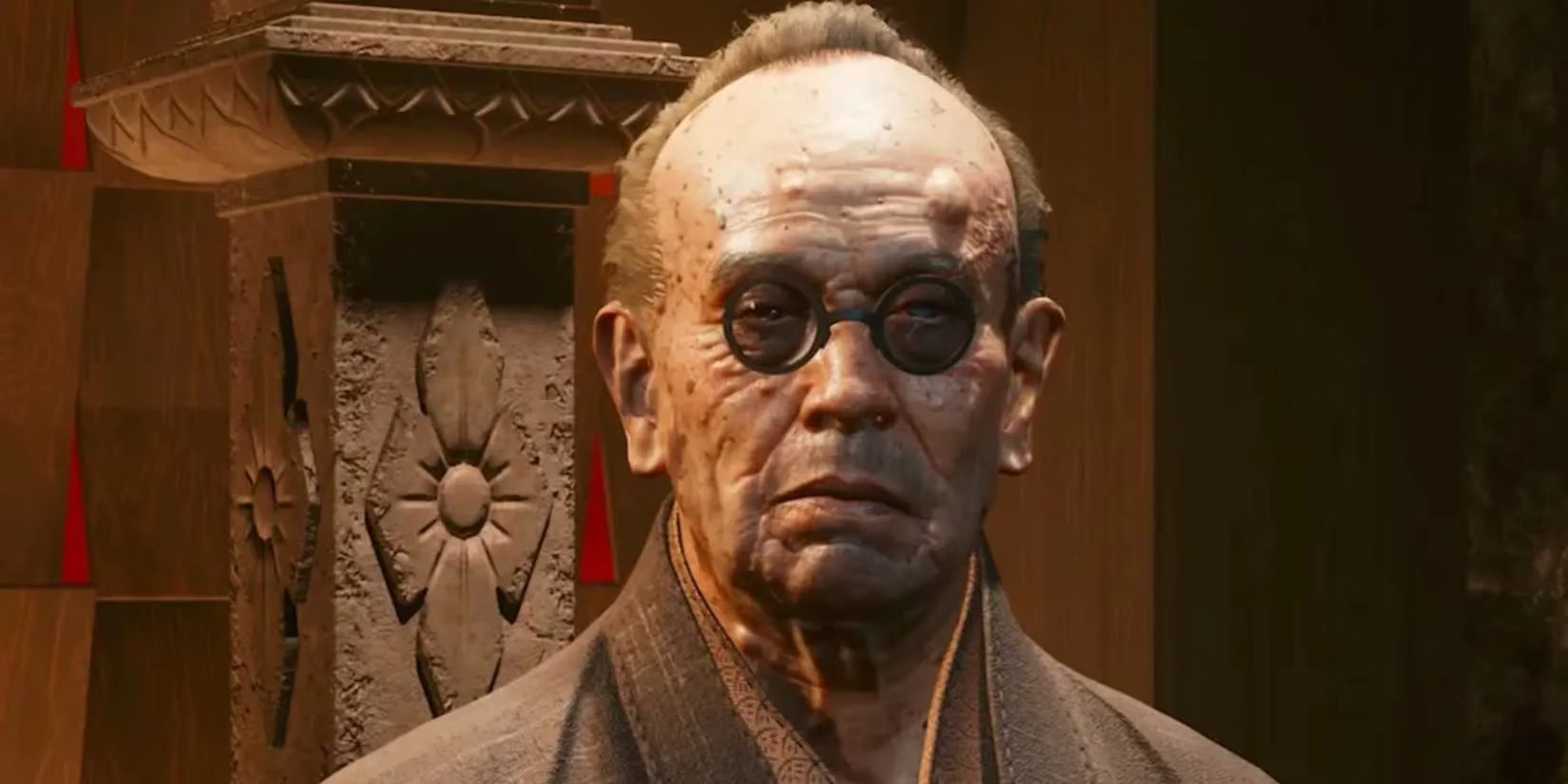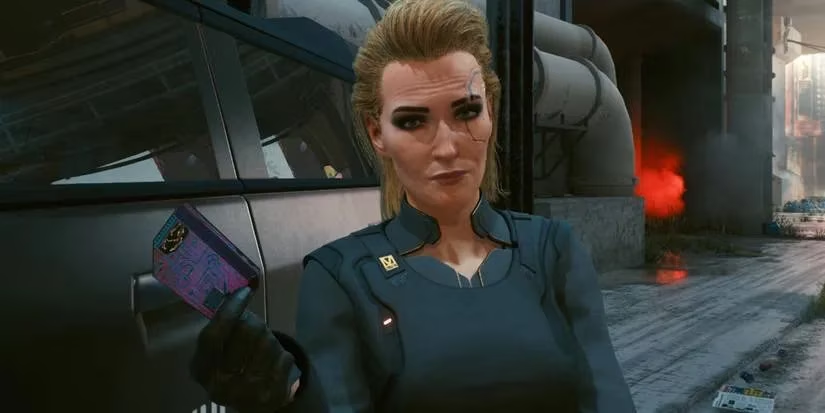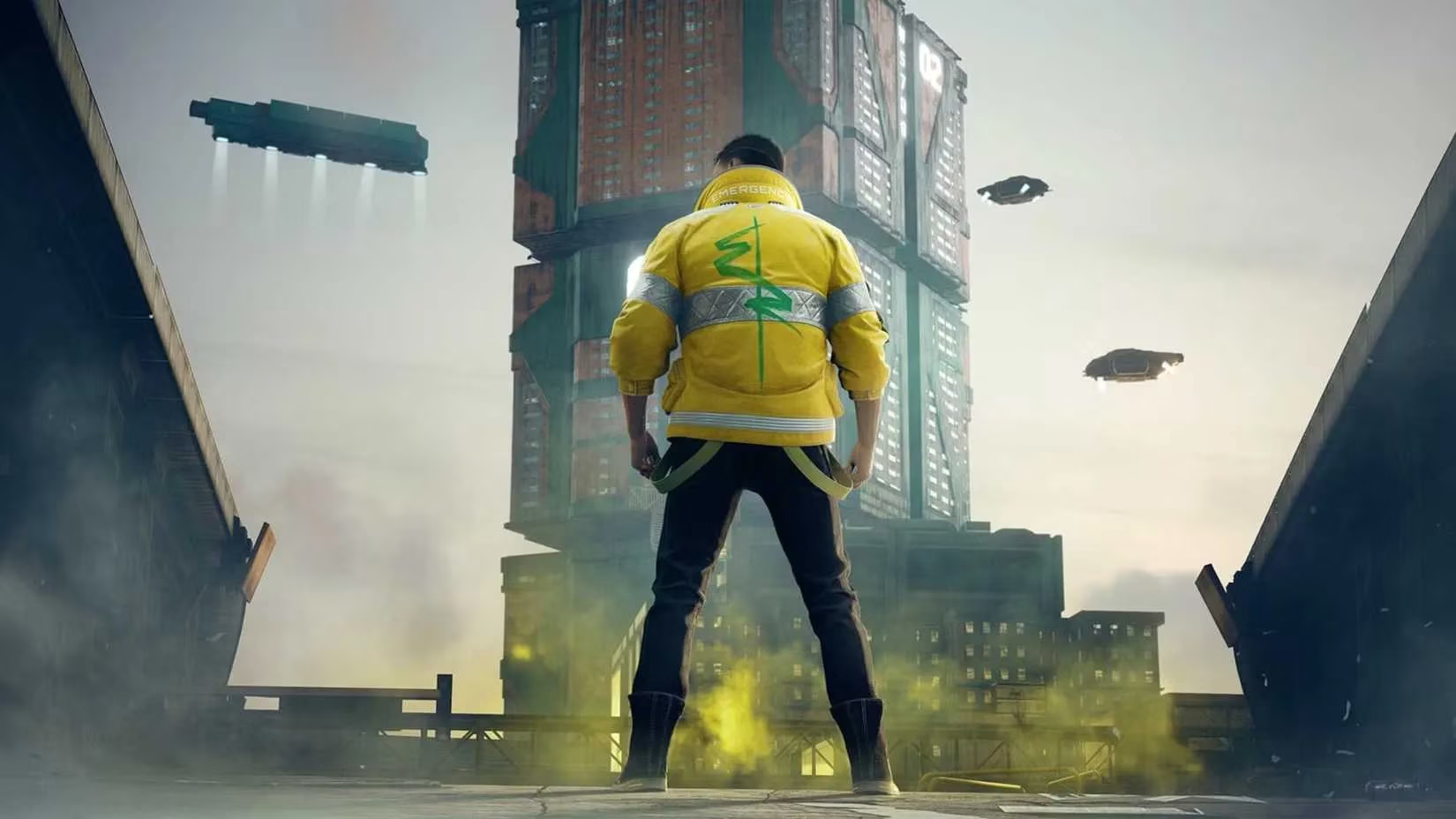Project Orion: Decoding Cyberpunk 2077 Sequel's Timeline Mysteries
Explore how Cyberpunk 2077's sequel, Project Orion, will redefine the dystopian universe with cutting-edge Unreal Engine 5 tech and a compelling timeline shift.
The neon-drenched streets of Night City continue buzzing with anticipation as CD Projekt RED's enigmatic sequel, codenamed Project Orion, enters development. With Phantom Liberty concluding V's journey and the controversial launch now a distant memory, all eyes turn to how this sequel will reshape the Cyberpunk universe. The temporal setting remains the million-eddie question – will it anchor itself in the iconic 2077 era, or catapult players decades forward into uncharted corporate dystopias? This decision will ripple through gameplay mechanics, character arcs, and Night City's very soul.

⚡️ Why 2077 Matters More Than You Think
Cyberpunk 2077 wasn't randomly set in its titular year. The timeline deliberately places players 50 years after the Fourth Corporate War – a cataclysmic event that reshaped power dynamics forever. This conflict birthed the New United States, amplified Arasaka and Militech's dominance, and catalyzed Soulkiller's creation. Everything from Saburo Arasaka's iron-fisted rule to Adam Smasher's cybernetic reign traces back to this watershed moment.
Key historical anchors include:
-
🔹 Corporate Cold War: Arasaka vs Militech tensions at boiling point
-
🔹 Technological Threshold: Experimental cyberware becoming mainstream
-
🔹 Social Fractures: Megabuildings casting literal shadows over street-level poverty

⏳ Project Orion's Temporal Crossroads
Two compelling paths emerge for the sequel's chronology:
Path 1: Immediate Aftermath (2078-2080)
This approach would grapple with V's legacy across multiple endings. Would Arasaka collapse? Could Militech exploit the power vacuum? Iconic characters like Panam or Judy might return, but CDPR would need to declare one ending canon – risking fan backlash. Gameplay could feature:
-
🔧 Prototype cyberware from 2077 becoming standardized
-
🌆 Districts reshaped by orbital cannon strikes or corpo wars
-
🤖 Rogue AIs spilling from the Blackwall into crumbling networks
Path 2: Radical Time Jump
Leaping forward 30+ years untethers Orion from V's shadow. Imagine these scenarios:
| Era | Potential Highlights | Gameplay Shifts |
|---|---|---|
| Corporate Wars (2020s-2030s) | Play as a merc during the DataKrash | Low-tech implants, analog hacking |
| Post-2077 Dystopia (2100+) | Cyberpsychosis epidemics, orbital colonies | Gravity-altering tech, neural clouds |

🔄 Technical Evolution: Unreal Engine Revolution
Project Orion marks CDPR's transition from REDengine to Unreal Engine 5, promising:
-
🎮 Enhanced physics for fluid melee combat
-
🌃 Ray-traced megacityscapes with destructible environments
-
🤯 Advanced NPC routines simulating 24/7 lifepaths
❓ People Also Ask
- Will V return as protagonist?
Highly unlikely – fresh protagonists better serve new narratives
- Could Johnny Silverhand appear?
Only through engram cameos if set post-2077
- Will Night City remain the setting?
78% probability based on franchise identity
- How will Phantom Liberty endings affect Orion?
Indirectly through worldstate, not direct continuity
💥 The Wild Card: Player Choice's Legacy
One revolutionary possibility? Dynamic timeline seeding where players import 2077 save files to shape Orion's starting conditions. Corporations could hold different dominance levels based on whether you helped Arasaka or sparked revolutions – making each playthrough uniquely tethered to past actions.

As netrunners dissect every dev tweet, the ultimate question lingers: If you could reboot Night City in any era, where would you set the next corporate warzone – and why? 🔥
(Cover image: Night City skyline in 2077, CD Projekt Red)